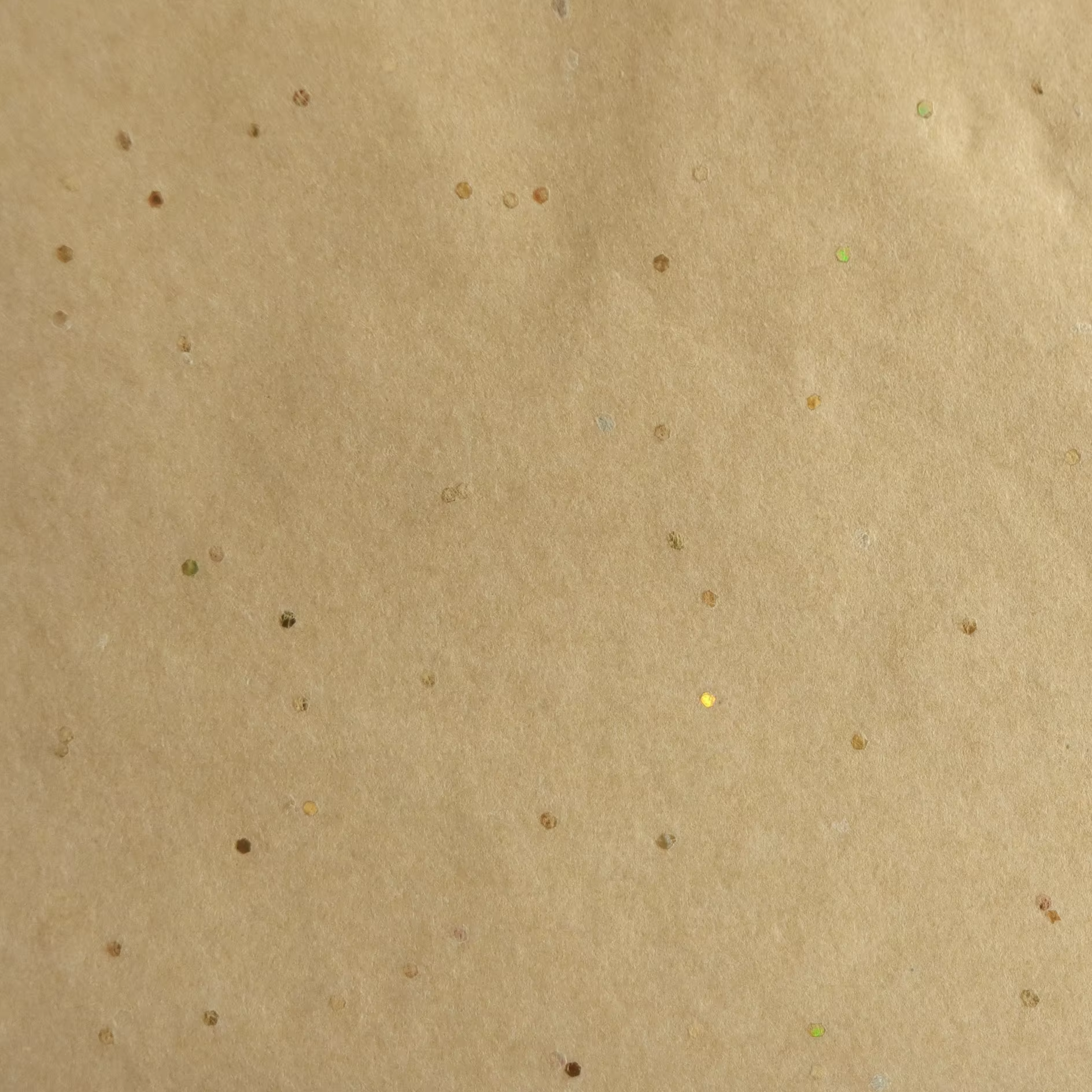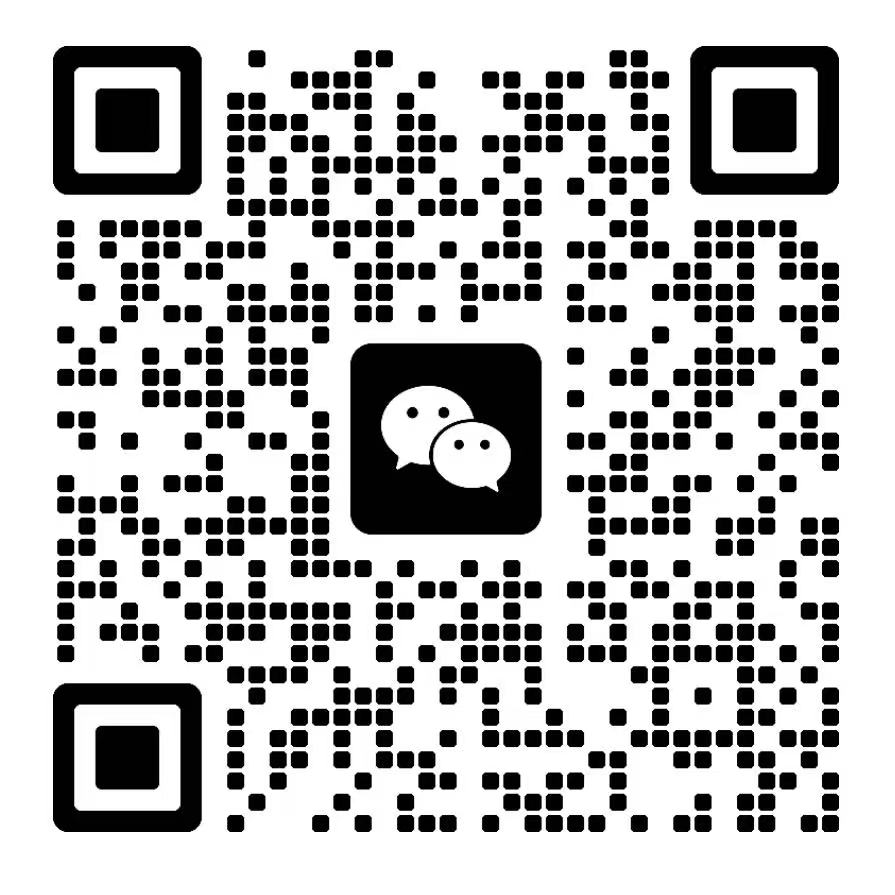Yellow 14gsm Colored Tissue Paper: Making Paper Lanterns for Festivals
Why Yellow 14gsm Colored Tissue Paper Is Ideal for Festival Lanterns

Understanding GSM and Its Importance in Tissue Paper Selection
The GSM rating, which stands for grams per square meter, tells us how dense tissue paper is. Paper around 14gsm works really well for lanterns because it's tough enough to hold up when people handle them but still light enough to fold into shapes without too much effort. Papers thinner than 10gsm tend to rip apart when someone tries to work with them, making the crafting process frustrating. On the flip side, anything over 20gsm blocks too much light from passing through, which defeats the whole purpose of wanting those beautiful glowing effects from inside the lanterns. Getting the right GSM makes all the difference in creating something both functional and visually appealing.
The Visual Impact of Yellow in Festive Decorations Using Tissue Paper
Yellow symbolizes joy and prosperity across cultures, making it a popular choice for Lunar New Year, Diwali, and harvest festivals. According to a Printing Technology Guide, yellow tissue paper amplifies ambient light by 20–30% compared to darker hues, enhancing the warmth and visibility of festive displays.
Translucency and Light Diffusion Properties of 14gsm Tissue Paper
The 14gsm weight optimizes light diffusion, softening LED or flameless candlelight into a warm, even glow. A 2023 craft materials study found this GSM allows 85–90% light penetration—sufficient brightness without compromising structural integrity, even in outdoor settings with mild wind or humidity.
Sustainability and Safety of Colored Tissue Paper in Outdoor Festivals
Non-toxic, plant-based dyes and biodegradable composition make 14gsm colored tissue paper ideal for children’s crafts and eco-conscious events. Unlike plastic alternatives that persist for centuries, it decomposes in 2–6 months (EPA 2022). Flame-retardant options are available for use in fire-regulated venues, combining safety with environmental responsibility.
Step-by-Step Guide to Crafting Lanterns with Colored Tissue Paper
Colored tissue paper offers unmatched versatility for crafting festival lanterns, balancing vibrant aesthetics with practical workability. Follow this structured approach to create glowing centerpieces for any celebration.
Materials Needed for DIY Tissue Paper Lanterns
- Frame base: Balloons, bendable wire, or paper mache
- Yellow 14gsm colored tissue paper (2–3 sheets per lantern)
- Non-toxic glue diluted with water (1:1 ratio)
- Soft-bristle brush for adhesive application
- Scissors, ruler, and cutting mat
- Waterproof LED tea lights or battery-operated candles
Building the Lantern Frame: Balloon, Wire, or Paper Mache?
| Method | Best For | Durability | Skill Level |
|---|---|---|---|
| Balloon | Quick, kid-friendly designs | Moderate | Beginner |
| Wire | Reusable outdoor lanterns | High | Intermediate |
| Paper Mache | Custom shapes and textures | Medium | Advanced |
Balloon frames are ideal for beginners, as inflating and wrapping minimizes complex shaping. For outdoor durability, wire frames offer wind resistance, while paper mache enables intricate forms like animals or stars.
Applying Yellow 14gsm Colored Tissue Paper for Maximum Glow
Cut tissue into 2"–3" strips and apply them over a glued frame using overlapping layers to eliminate gaps. The 14gsm thickness transmits 92% of light while diffusing harsh LED glare. Overlapping layers strengthen the lantern without sacrificing translucency, as shown in recent crafting research.
Sealing and Reinforcing for Durability
Once dry, coat the lantern with non-toxic clear acrylic spray or diluted white glue to improve moisture resistance. For high-humidity environments, apply two sealant layers, allowing 30 minutes of drying time between coats.
Adding Handles and Hanging Mechanisms Safely
Attach jute twine or copper wire to the frame’s strongest points using reinforced glue dots. For child-safe lanterns, wrap pipe cleaners around the rim and twist into a handle—this avoids sharp edges while supporting the lantern’s weight.
Pro Tip: Test your lantern’s balance before adding lighting—adjust handle placement if it tilts forward or backward.
Creative and Family-Friendly Tissue Paper Lantern Projects
Simple DIY Lanterns for Kids Using Safe Craft Techniques
The yellow 14gsm tissue paper holds up pretty well against tearing but still bends easily enough for little hands to work with. Great stuff for kids getting into crafting projects. When gluing, mix regular school glue with some water to thin it out a bit, and definitely grab those rounded tip scissors for safety reasons. Instead of candles, go with LED tealights which get rid of any fire danger while still giving off that nice warm light effect everyone loves. Beginners should start with smaller containers or basic wire shapes so they can practice layering the paper properly without getting too frustrated when things don't turn out perfect right away.
Encouraging Creativity and Motor Skills Through Colored Tissue Paper Crafts
When kids tear, fold, and arrange colorful tissue paper, they're actually working on those important fine motor skills needed for writing and other tasks later on. These kinds of open ended art projects let little ones create things like pretty mosaic designs or rainbow gradients without someone telling them exactly what to do. According to a study published in the Early Childhood Education Journal last year, children who spend time doing hands on crafts instead of just watching screens tend to get better at figuring out shapes and spaces around them. The improvement was pretty significant too - about 32 percent better than kids who mainly play with digital devices. So next time parents want to help their child develop while having fun, reaching for some tissue paper might be smarter than turning on another video game.
Group Activities: Classroom or Camp Lantern-Making Sessions
Working together on lantern making really brings people closer while teaching about different cultures too. Think about those moon phase models in science classes or those special thankfulness lanterns made for neighborhood gatherings. Last year, some big name craft group did a study where they watched kids in groups over 20 build lasting lanterns from old jars and eco-friendly adhesive. Pretty cool stuff actually. The workshops usually end up covering some basic physics questions like why certain colors seem brighter when lit up, plus everyone gets a lesson in being green by repurposing materials instead of throwing them away.
Enhancing Lanterns with LED Lighting and Design Effects
Using LED Lights for Safe, Long-Lasting Illumination in Tissue Paper Lanterns
LED lights generate 90% less heat than incandescent bulbs, significantly reducing fire hazards (U.S. Fire Administration 2023). With lifespans exceeding 50,000 hours, they’re ideal for extended festivals. When used with 14gsm colored tissue paper, LEDs enhance translucency without damaging the delicate material.
Creating Color Layering and Light Diffusion Effects
Layer yellow tissue paper with complementary orange or gold sheets to add depth under illumination. The 14gsm weight ensures even light filtering for a soft ambient glow. For dynamic visual effects:
- Apply tissue in gradients (thick to thin)
- Cut geometric patterns to cast intricate shadows
- Use adhesive-free folding techniques to overlap hues
Battery-Powered vs. Plug-In Options for Indoor and Outdoor Displays
Battery-operated LEDs offer portability for floating lanterns or remote installations, while plug-in systems suit permanent indoor displays. A 2023 Festive Lighting Study found battery-powered kits under $20 reduce energy costs by 78% compared to traditional lighting.
| Factor | Battery-Powered | Plug-In |
|---|---|---|
| Runtime | 40–120 hours | Unlimited |
| Weather Resistance | IP65-rated options | Indoor use recommended |
| Eco-Footprint | Rechargeable models | Grid-dependent |
Innovative and Sustainable Uses of Colored Tissue Paper in Festival Crafts
Themed Lantern Designs: From Lunar New Year to Diwali Celebrations
Colored tissue paper at 14 grams per square meter works really well for making those special designs that matter culturally. For Lunar New Year, craftspeople often layer red and gold tissue on bamboo frames because it represents good luck and wealth. Meanwhile during Diwali, people love cutting intricate shapes into bright orange and pink sheets. What makes this particular weight so great is that it holds up pretty well but still lets light through beautifully. When lit from behind, these creations cast amazing shadows with all sorts of fine details showing through.
Combining Tissue Paper with Other Materials for Textured Effects
- Biodegradable glitter pressed between layers creates shimmering surfaces for celestial-themed lanterns
- Natural fiber weaves (hemp, jute) laminated with tissue add rustic contrast to modern designs
- Thin rice paper overlays enable subtle color gradients as lanterns rotate
Eco-Friendly and Reusable Tissue Paper Lantern Concepts
According to the 2023 Sustainable Crafts Report, those fancy lanterns crafted from recycled tissue paper and metal frames cut down on waste by around 62 percent when compared to regular plastic ones we throw away after one night. The cool thing is they use water soluble glue and plain old paper strings so people can take them apart completely at the end of each season without breaking anything important. Pretty neat right? And guess what? More folks are actually learning how to make these things now. Workshop attendance has jumped about 40% since last year because planners for weddings and parties want greener options these days. Some even say it's becoming almost trendy among younger couples looking to make their events eco friendly but still beautiful.
Community Art Projects Featuring Large-Scale Tissue Paper Lanterns
Collaborative installations demonstrate the scalability of tissue paper crafts, including:
| Project Scope | Participant Count | Key Technique Used |
|---|---|---|
| Citywide Light Trail | 500+ | Modular tissue paper hexagons |
| School District Expo | 1,200 students | Layered monochromatic panels |
These projects use bulk 14gsm tissue rolls (500+ sheets) with reinforced bamboo frames, proving sustainable materials can support large-scale participatory art without sacrificing visual impact.










